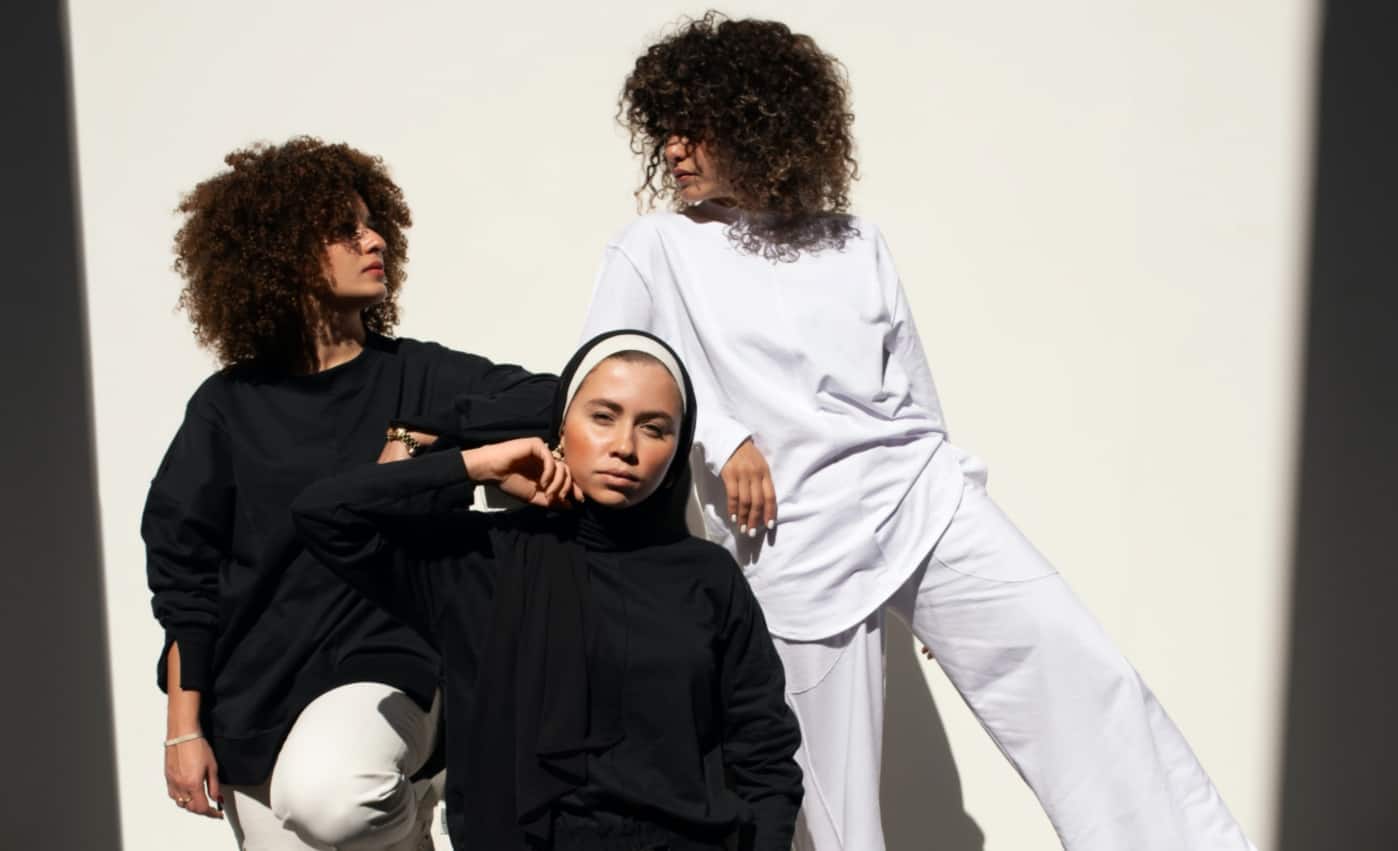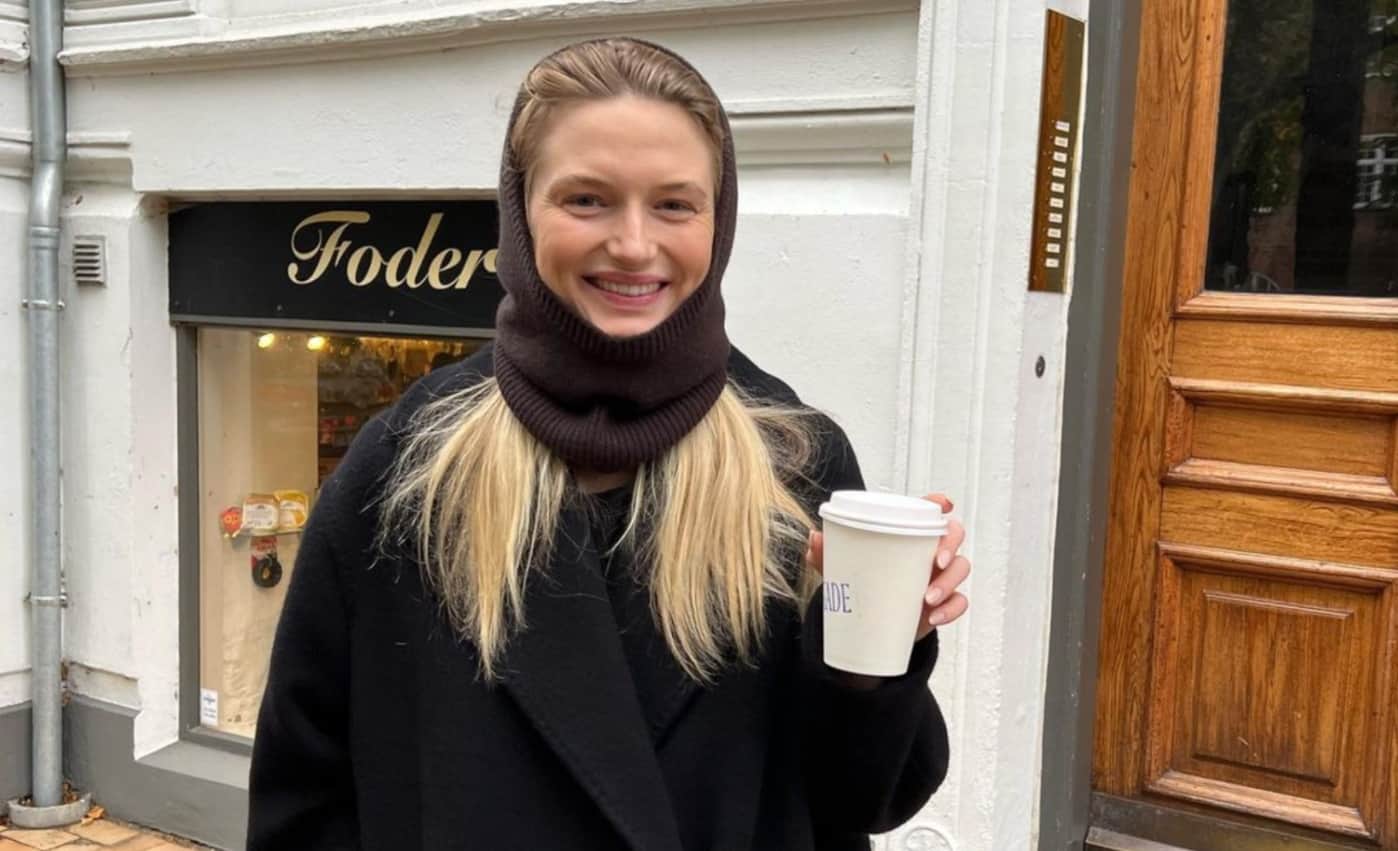If you went back in time to the early noughties and asked a child what their dream job would be, they probably would have said popstar or footballer. I personally wanted to be a dolphin. But fast forward 20 years to the age of social media and the children and teens of today are now aspiring to become influencers, with a 2019 survey revealing 30% of people aged between eight and 12 wanted to work on YouTube. These dreams have only grown and expanded beyond our youths, as 50 million people now consider themselves an active part of the ever growing “creator economy”.
But is documenting your every move a sustainable career? In May, vlogger Niki Albon revealed he has started a new job in influencer marketing, after deciding to take a step back from the pressures of YouTube after a decade of creating videos. In an Instagram post he stated the structure of traditional work and the fact its success was not dependent on his personality is something he has found “rewarding”.
And he’s not the only influencer rethinking their career path. In November 2020, fashion and lifestyle blogger Ella Gregory from Coco’s Tea Party also took a break from Instagram before announcing she too had started a new job after previously working as an influencer full time. While she does still create content, her posts are a lot less frequent, a lot more relaxed, and seem to reflect her renewed approach to the industry.
You may also like
Financial pressures for influencers
Craving more structure and stability is something that also extends to finances. Bloggers such as Kirsty Leanne and Jess Gibson have returned to more traditional work to secure a steady income during the pandemic. When COVID hit, opportunities dried up and since their content is heavily reliant on travel, they were struggling to create original posts. In her announcement, Jess admitted she felt “burnt out” from trying to earn money and care for young son at the same time, which led her to pursuing financial security and applying for her current role in communications.
Sadly, economic variability is something that goes hand-in-hand with social influencing. Being self-employed means income is based on how much quality content the creator can produce, which means there’s little room for illness, procrastination or a break. And now with the market more saturated than ever thanks to newer platforms such as OnlyFans and Clubhouse, it’s no surprise that only 4% of all “creators” actually make six figures. With more competition comes more pressure, and for some monetary instability combined with the demand to be a constant presence is too much to handle long-term.
That’s probably why so many influencers such as Jess Siggers, Lee Chisholm, Elena Shamis and Lydia Rose are also available as consultants alongside creating, and why others such as Suzanne Delahunty – and pretty much all medic influencers – have kept their day jobs. When it comes to social media, nothing is guaranteed, and for some this means being an influencer forever is simply not an option.
By Lucinda Diamond, food and travel editor of CORQ. Picture credit: Ella Gregory via Instagram.










John Whaite quit OnlyFans due to its alleged failure to protect children – other platforms should take note